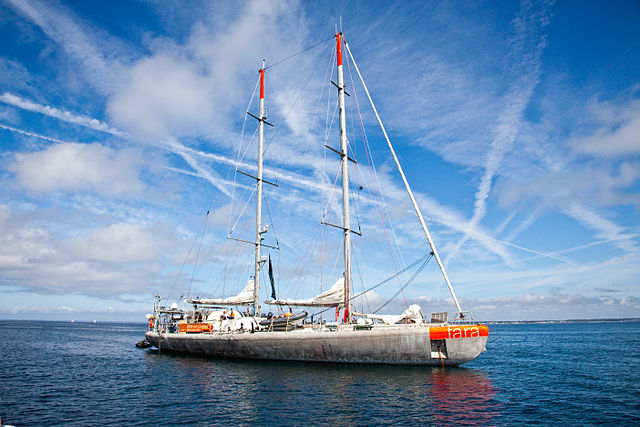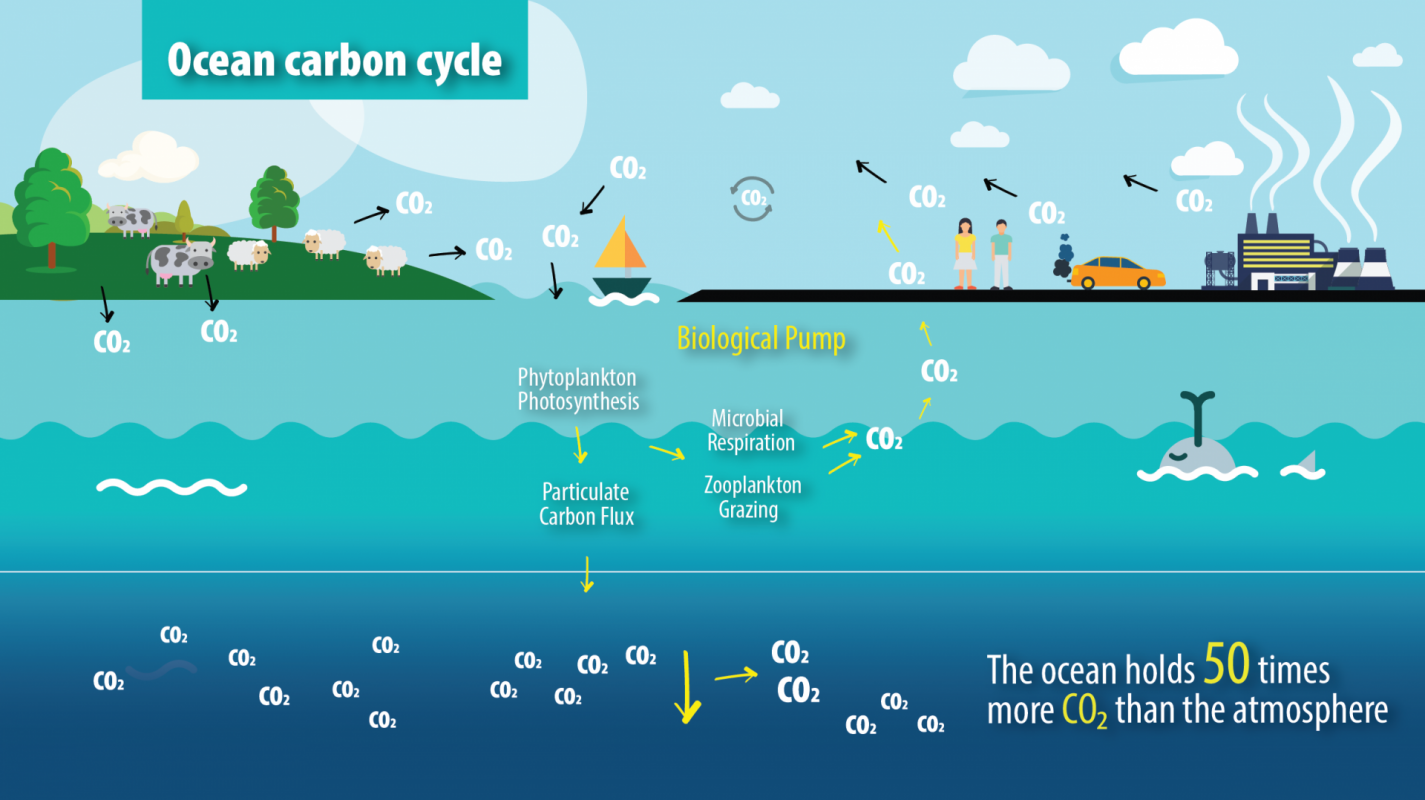 On the Tara Oceans expedition, a massive four-year effort that began in 2009, scientists sailed around the world—gathering seawater samples from five of the world’s oceans.
On the Tara Oceans expedition, a massive four-year effort that began in 2009, scientists sailed around the world—gathering seawater samples from five of the world’s oceans.
In their groundbreaking study, they discovered almost 200,000 populations of marine viruses, a number that far exceeds the 15,000 found previously.
More than 40% of the viruses were found in the Arctic Ocean! This has surprised scientists and challenges their previous assumption that most organisms live by the Earth’s equator.
What Are Marine Viruses?
Marine viruses are extremely small parasites that affect whales, crustaceans, and other kinds of marine life. However, you shouldn’t worry too much about getting sick after a dip in the ocean. Most of the viruses, also known as phages, are harmless to humans.
 When the viruses infect marine bacteria, one of the phages’ hosts, they can affect their victims’ behavior. For instance, viruses can influence the amount of carbon the bacteria can absorb.
When the viruses infect marine bacteria, one of the phages’ hosts, they can affect their victims’ behavior. For instance, viruses can influence the amount of carbon the bacteria can absorb.
Marine bacteria are a crucial part of the carbon cycle -- in fact, they are carbon sinks which means they remove greenhouse gases from the atmosphere. When the bacteria die, nutrients and carbon are released.
These nutrients enrich the ocean, and the carbon becomes buried in deeper waters. This is good news against global warming, as the carbon is unable to resurface and escape into the atmosphere. This carbon also helps other microorganisms and phytoplankton with photosynthesis and this, in turn, releases oxygen. This very important service of recycling carbon in the ocean provided by viruses is known as 'viral shunt.'
Did you know that more than half of the Earth's oxygen is released from the oceans?
Impact of Study
Studying interactions between marine viruses could shed some light on keeping microbial populations in check. Marine viruses could have medical applications too, where they could be used to ward off bacterial infections.
Furthermore, this discovery, along with a map of each virus’ location, can help scientists understand the oceans’ carbon “pump” and the implications for the entire earth. With 70% of our Earth covered by oceans, this understanding is important to combat global warming. In addition, the map could also help scientists choose a specific virus to study or serve as a foundation for future collection studies.







